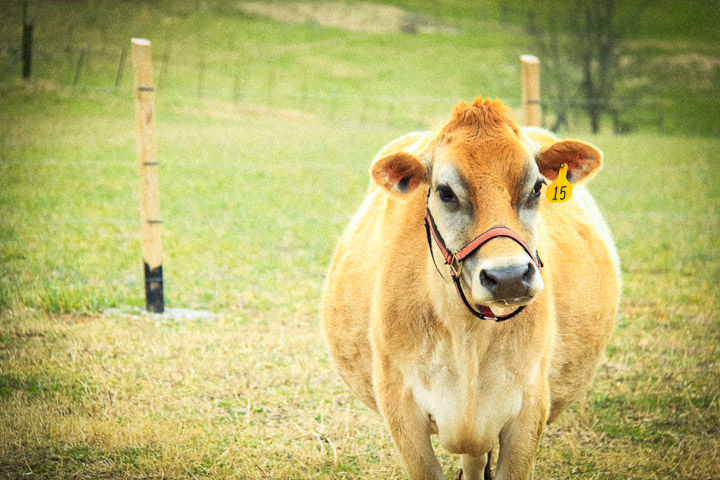Processing of Butter ? An Overview
Processing of Butter ? An Overview
Butter is consumed almost in every household regularly during breakfast and also for preparing many delicious cookies and other baked products. It will therefore be very interesting to know how the butter is processed. Butter is prepared from the milk, which is the raw material for processing of butter. Following is the overview of the butter making process.
Collection of Milk
The best source of obtaining milk is from cow. However, milk can also be obtained from goat, buffalo, ewe, camel and mares and can be used for preparing the cream, which is considered to be the main raw material for butter. During the processing of butter, the cream is taken out of milk obtained from various sources.
There are number of dairy milk suppliers, who can also supply cream, but in most of the manufacturing plants, the butter manufacturer gets the milk as raw material and produces cream from it, in their plant. The pH value of the cream generated must be more than 6.6 and the cream must taste sweet and not oxidized or rancid. It should be free from all kinds of flavors. The cream so obtained must be pasteurized at temperature for more than 95 degrees, so that all the micro organisms and enzymes are destroyed.
Ripening
In order to ferment the milk sugar into lactic acid, suitable cultures are added along with aroma or flavor, if flavored and cultured butter is needed. Generally, in the European butter processing, this method is followed.
Aging
Cream so obtained is kept at cool temperature, so that it gets crystallized and can be properly churned to get the butter of right texture. There are program controlled cooling systems to store the cream in the aging tank, so that it develops the required structure of crystal. Normally, in any processing of butter aging process continues for 12 to 15 hours. After the aging process the creams are pumped out from the aging tank to flow into continuous churning process by enhancing the temperature to the required level.
Churning
During the churning process, the creams are constantly agitated to obtain the butter in granule form and it continues to grow. After the end of this process, you will get butter in semisolid form and the liquid that is obtained during the processing of butter is called buttermilk.
Draining and Washing
After the end of the above process you are left with butter milk and butter grains. The machine will automatically stop when the butter grains of the required size is obtained. Thereafter, the buttermilk is drained out. In the process, where the butter is produced continuously, the buttermilk also flows out in continuous manner.
Salting
Salt is further added to the butter in order to increase its shelf life and also to improve its flavor.
Packing and storage
Butter is finally wrapped inside the waxed paper to store them in proper shape & then stored in some cool place. In cool environment the butter crystallizes into solid form and becomes firm.
Mr. Pratap Shanbhag, Technical Director – Standards International Precision Engineers Pvt Ltd are the pioneers in the manufacture of various food processing equipment. Over the past 10 years, we have grown as the market leaders, with successful installations of more than 100 food processing plants all across the world. More information visit our website http://sipepl.com
